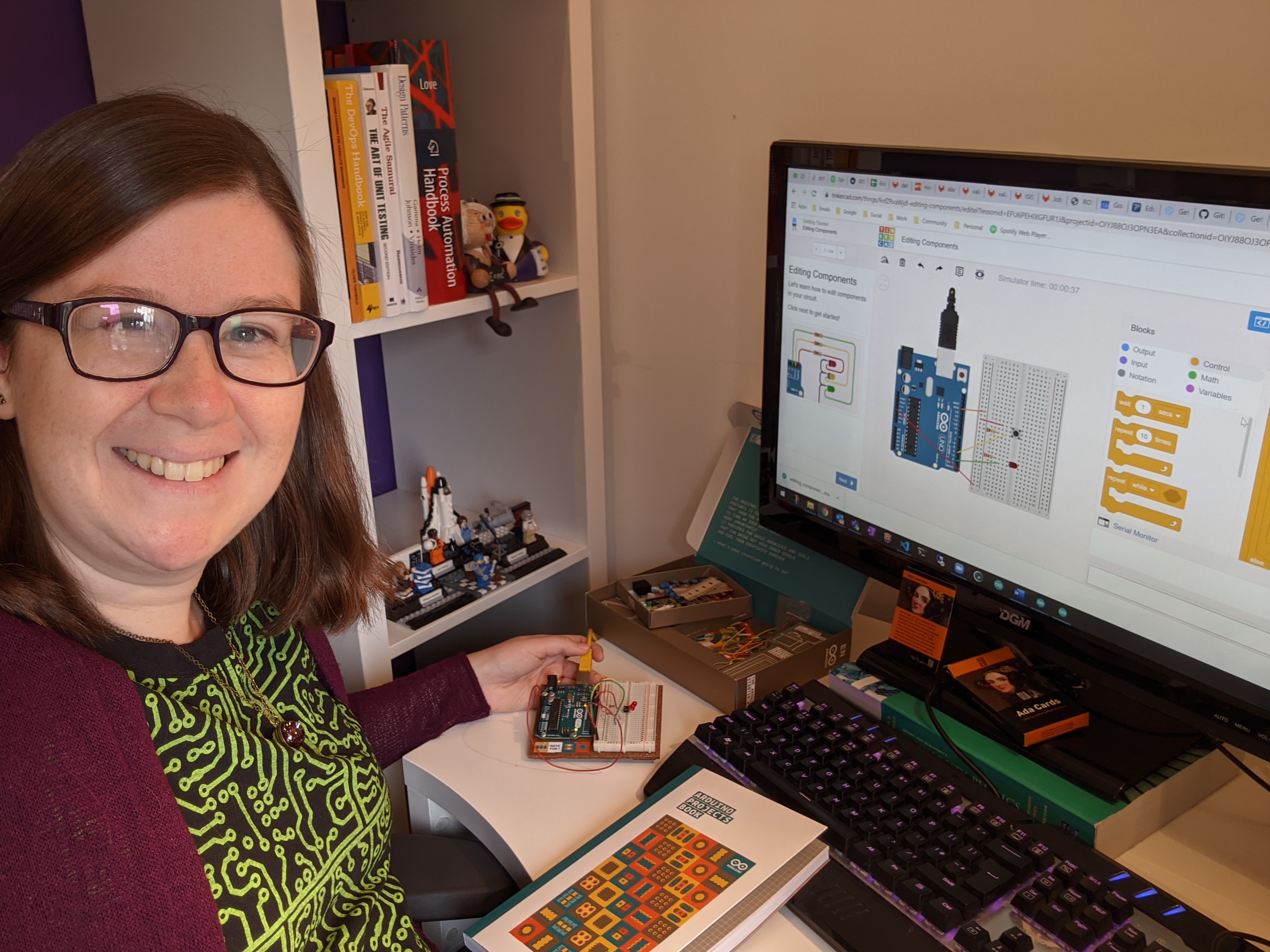Mechanical ventilation is a small but important part of the management of pandemic virus infections that affect the lungs, including flu and COVID-19. Ventilators are typically expensive to purchase and maintain, and need considerable training to use.
A team, led by STFC, aims to produce and test an affordable, reliable and easy-to-operate ventilator that does not rely heavily on compressed gases and mains electricity supply, both of which are not readily available in many countries around the world.
The project, known as the High Performance Low Cost Ventilator (HPLV), is coordinated by the STFC's Daresbury Laboratory. Before embarking on the project, the team leaders needed to make sure that enough people with the correct skills were available. They put out a call across all the STFC controls groups, and some ISIS staff members volunteered to be part of the project.
Tiago Sarmento from the Ion Source group is one of those, and explains; “I organise the STFC Arduino and Raspberry Pi user group within STFC. As the ventilator is Arduino based, I was informed of the project by a colleague. I discussed it with my manager about how much time I could allocate. As our work is not project based, we have more flexibility to do something unplanned like this."
Sarah Medley and Mihnea Romanovschi from the ISIS Controls Group are also involved. All three are part of the work package related to the controls software on the ventilator.
As a new starter to ISIS, Sarah (pictured, left) was not only interested in the project work, but also in the opportunity to meet people outside of her team. “My previous job was at Culham, in the tritium processing plant for the JET fusion reactor, so I have experience in gas handling systems and industrial controls. By getting involved in this project I've had a chance to meet people based at different STFC sites in the UK and abroad."

Sarah (pictured, left) is working on the risk assessment for the device, which needs to use medically certified control systems and equipment. “The project is a collaboration not just within STFC but also with universities and medical professionals. The aim is to move the prototype up the technology readiness levels to a stage where it can be ready for industry."
The project builds on the original designs for the High Energy physics Ventilator, which was developed at CERN. The aim of the project is to bring the prototype up to a standard where it can be applied in a medical setting.
As well as collaboration with CERN, the project is working with partners in Rio de Janeiro where, coincidentally, Tiago has family; “I wasn't aware of the Brazilian link when I began work on the project, but it definitely adds to my motivation towards this work," he adds.
Tiago has developed user interfaces before at ISIS, “but I hadn't met anybody doing that elsewhere. Since starting the project, I've been able to meet others in the Technology department at STFC who work on similar systems, who I might be able to discuss ideas with in the future."
Mihnea is a student at the University of Manchester, who is on an industrial placement in the controls group, developing a more user-friendly web based system for the alarms that go through to the ISIS Main Control room. “I am working on the Arduino board that forms the controller for the ventilator. It is a nice opportunity to be part of a project outside of the focus of my placement."
Due to the pandemic, Mihnea has been working remotely from Romania for the duration of his placement so far. Sarah also started at ISIS without actually going onto site, but says; “the way this project links people from different sites and countries makes it well suited to how we're working remotely."
Although usually dealing with accelerating particles, their work on this project gives them the opportunity to use their programing and electronics skills in another field, and be part of an international development project that could impact the lives of many people around the world.
